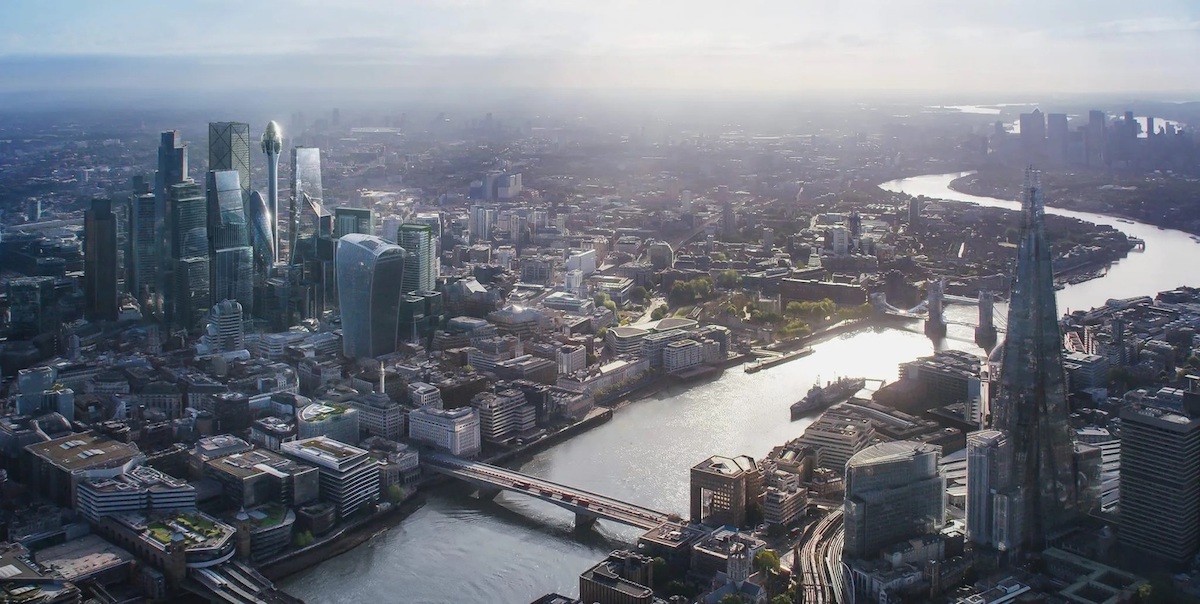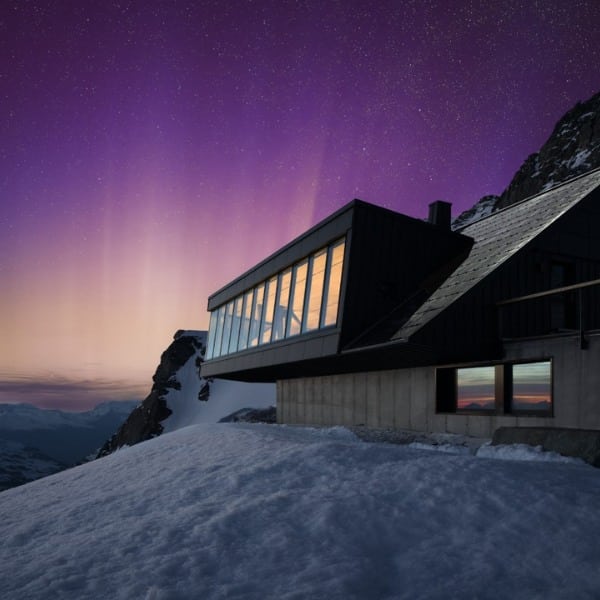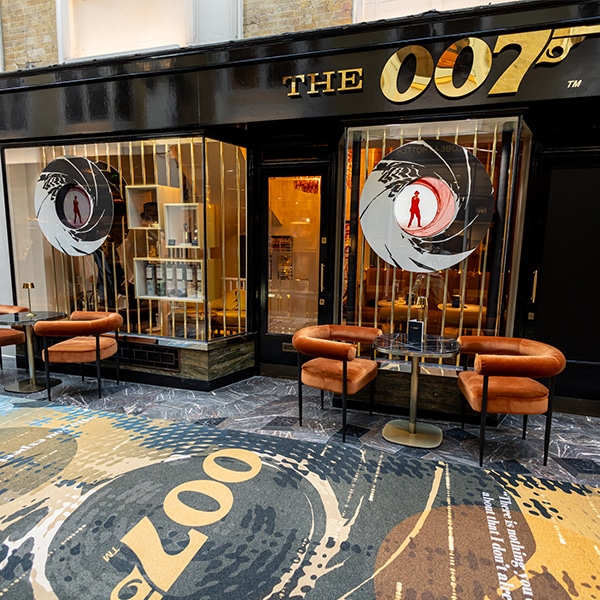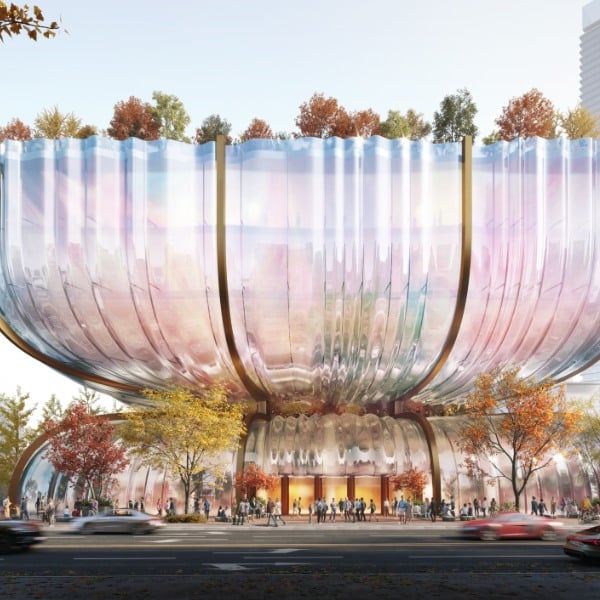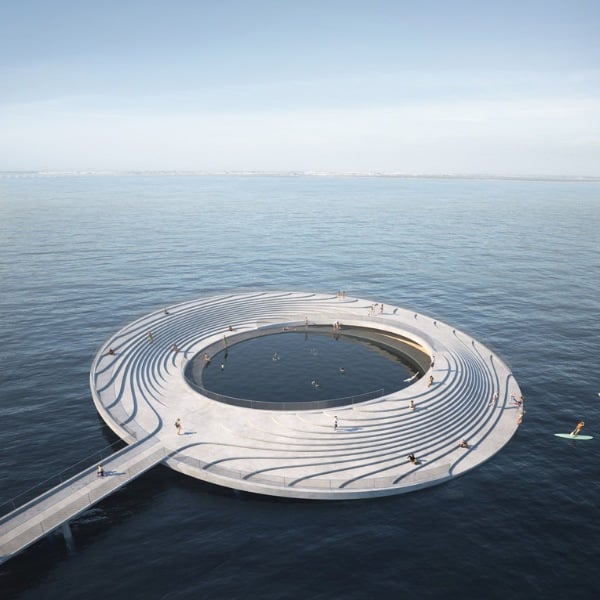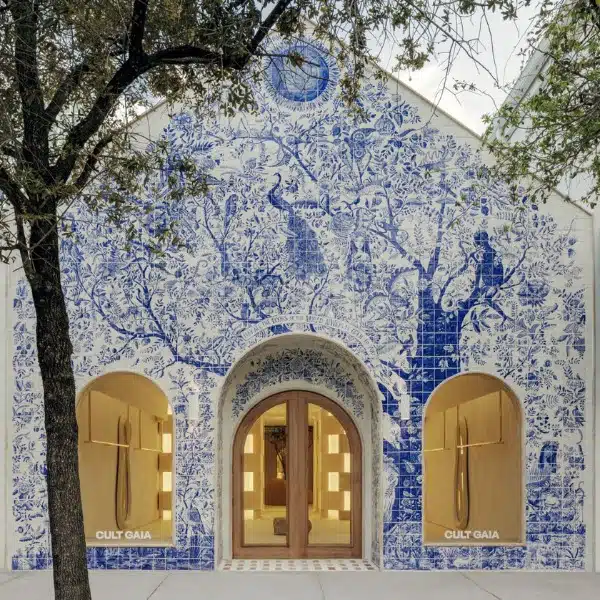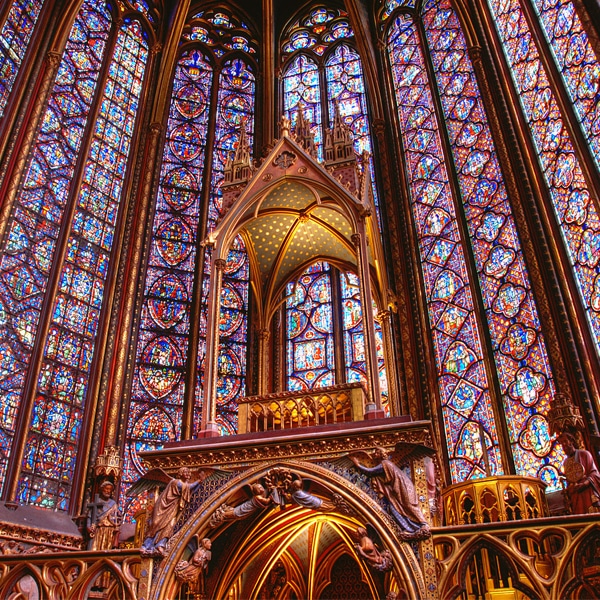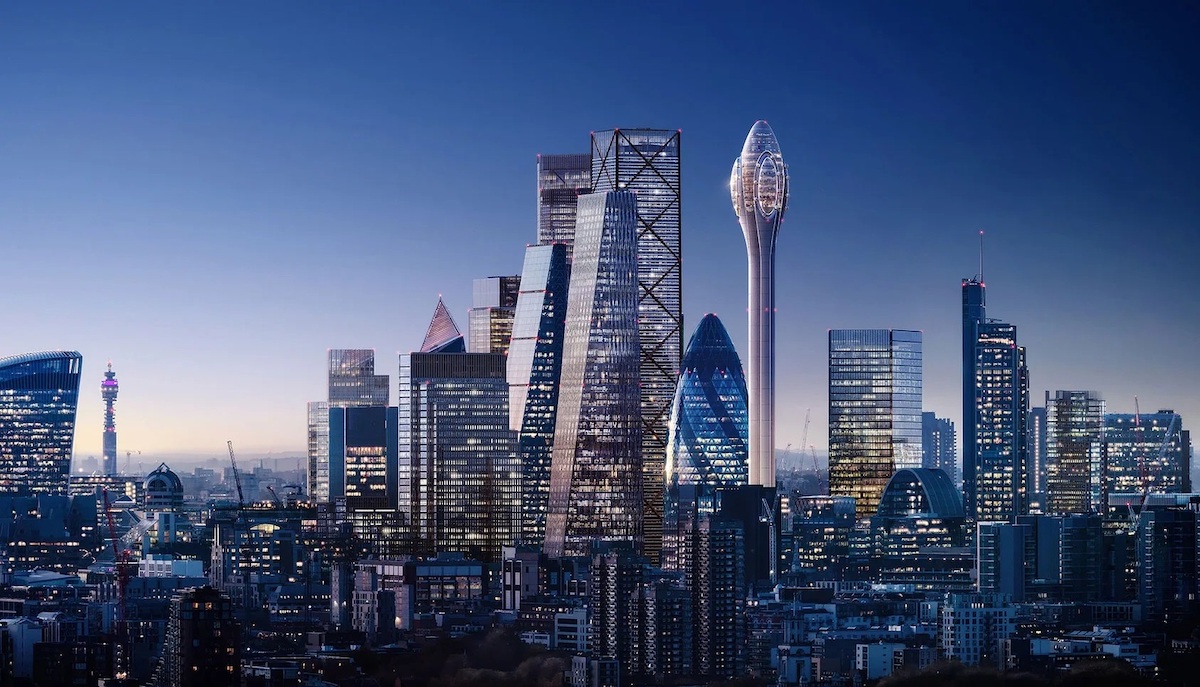
Soaring approximately 1,001 feet in the air, The Tulip by Foster + Partners would be a dramatic addition to the London skyline. Atmospheric renderings by DBOX reveal the tower’s futuristic and almost spherical profile that inspired its name. It is designed to act as an important cultural center for the city and includes educational programs to be utilized by the building’s owners, J. Safra Group.
“The Tulip’s elegance and soft strength complement the iconic Gherkin,” Jacob J. Safra explains. “We are confident in London’s role as a global city and are proud to offer its schoolchildren a state-of-the-art classroom in the sky to appreciate London’s history and dynamism.”

Starchitect and founder of Foster + Partners, Norman Foster, called the Tulip “inevitably controversial” due to its iconic form and sheer scale. This has certainly proved to be true as the proposal received backlash from the London City Airport, the Greater London Authority, local architects, and London's Mayor Sadiq Khan. Mayor Kahn used his power to block the design after it had already been approved by the necessary agencies, saying he was skeptical of the building’s potential benefit to the city and to the public.
Luckily for fans of the Foster + Partners’ proposal, the firm began a planning appeal to reverse the decision. The recently released visualizations by DBOX were created to support this effort, but also to help us understand the tourist experience. Incredible shots of the tulip’s metal base allow us to glimpse into the sustainability efforts of the proposal through the pocket parks and green spaces associated with them. Interior shots of the observation deck allow us to see the unique classrooms that would serve London’s schoolchildren and a tourist’s view from the attraction.
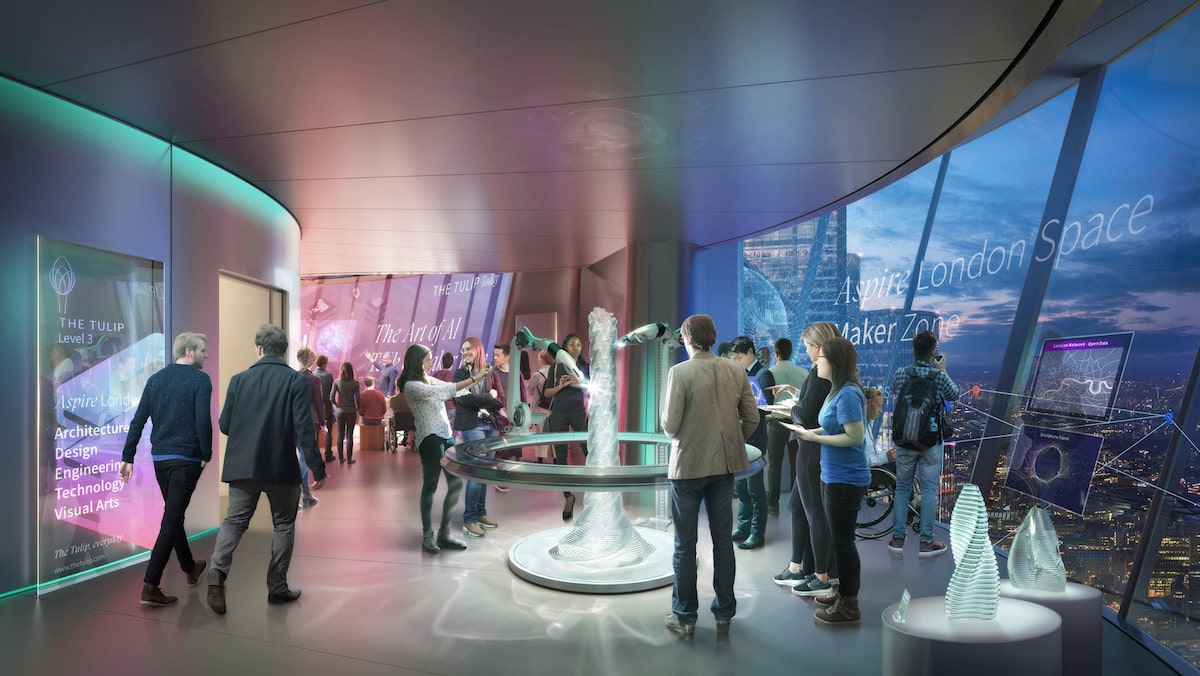
Only time will tell if the Tulip will succeed in its appeal efforts and begin construction. Foster believes that working through the skepticism is a worthy cause when considering the potential future influence of the Tulip Tower, explaining that “like the Gherkin nearly 20 years ago, it is inevitably controversial, like the Gherkin it has the possibility of being a symbol beyond its host city.”
Soaring approximately 1,001 feet in the air, The Tulip by Foster + Partners would be a dramatic addition to the London skyline.

Starchitect and founder of Foster + Partners, Norman Foster, called the Tulip “inevitably controversial” due to its iconic form and sheer scale.
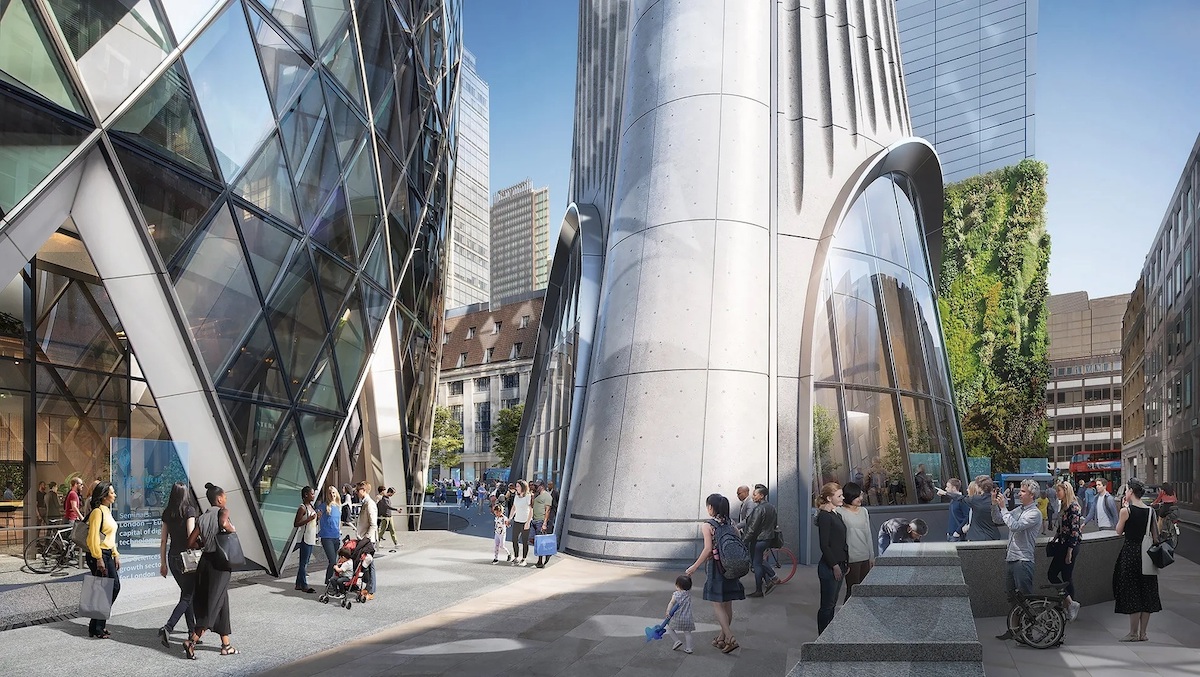
Mayor Kahn used his power to block the design after it had already been approved by the necessary agencies, saying he was skeptical of the building’s potential benefit to the city and to the public.
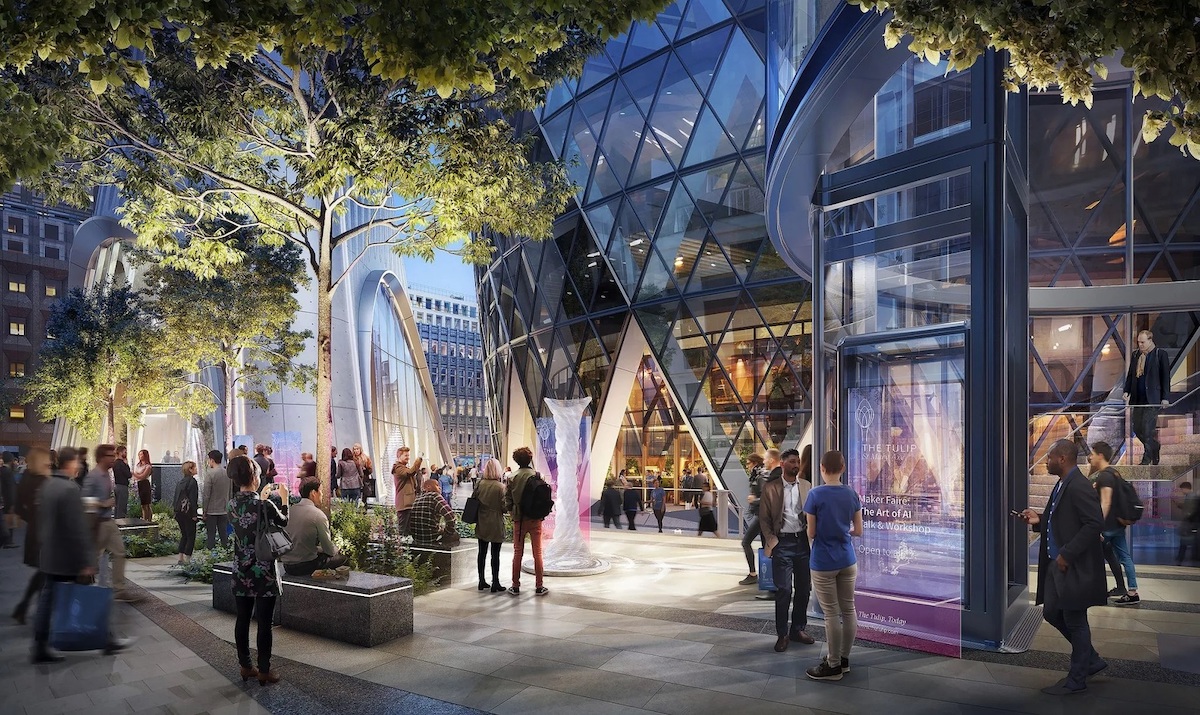
Despite the controversy, Foster believes that working through the city's skepticism is a worthy cause when considering the potential future influence of the Tulip Tower.
